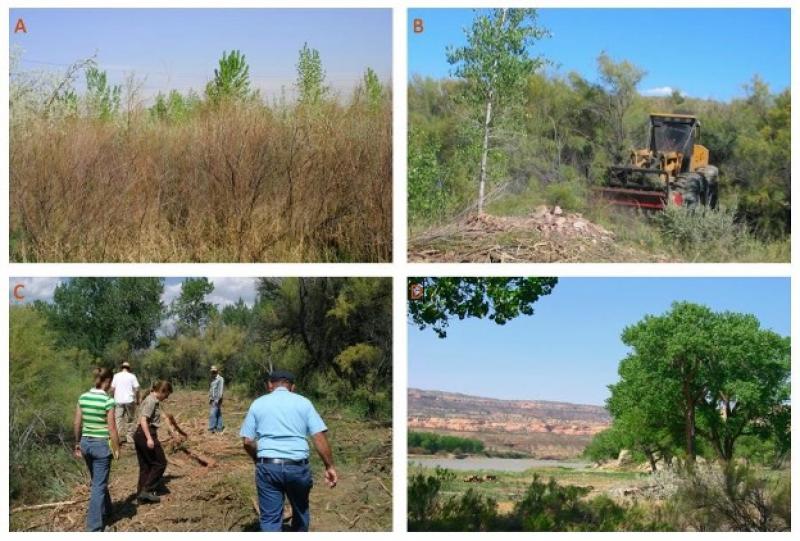Managers Drive Biodiversity Conservation Success
Press Release: Anna Sher (DU) and Richard Primack (Boston University)
Conserving biodiversity, that is the full range of wild nature, often requires trying out many methods to see what works best. While the success of a conservation project is usually determined by comparing different conditions, methods and techniques, it turns out that the human component also plays surprisingly important role in the outcome of projects. Led by Richard Primack from the Boston University, an international team of scientists published a perspective paper on a new study that put managers and their organizations under the microscope. The article was recently published in the journal Biological Conservation.
In the article, the authors’ examine the findings of an earlier study led by co-author Anna Sher and her colleagues from the University of Denver, who found that human characteristics could be used to explain the success rate of restoration projects. According to Primack et al., no one has previously tried seeing how the characteristics of project managers affect the outcome of conservation projects. In their perspective article, they highlight this pioneering research that provides clear evidence of the important role of manager characteristics and conservation organizations in conservation projects.
The article puts the role of managers and organizations into a broader context and argues for the importance of more integrated research approaches across different disciplines to promote better conservation science and action.
In the earlier study, Sher and colleagues explored the impact of the characteristics of managers and managing organizations on vegetation restoration projects in the southwestern USA. They evaluated 243 sites where invasive tamarisk trees had been removed, measuring the recovery of native vegetation and using multivariate analysis to determine what factors predicted success. Along with the typical predictive measures such as climate and removal method, they included quantitative human data from surveys and interviews with the managers of all of the sites. While environmental characteristics like temperature and precipitation were important in the successful recovery of the ecosystem, the human variables explained an even larger percentage of the variability in outcomes. As Sher points out, “Perhaps most importantly, we found that the more collaborators there were on a project, such as different government agencies, non-profits and scientists, the better the outcomes for the plant community."
Characteristics of the managers themselves also played a role. Project managers who studied applied sciences rather that academic science had sites that showed improved recovery of native plants.
Sher continues, “Contrary to our expectation, we found that the most educated managers had a lower rate of success than managers with less and more applied education.” Further, projects of managers who focused on one project at a time rather than multiple jobs were also more successful. These measurable human aspects of projects likely reflect subtle elements of management style that are usually missed in studies of restoration.
Lead author Primack says that “These findings could radically change how conservation projects are carried out and evaluated. Human dimensions and results from other social science disciplines should be integrated much more into research designs to promote their successful implementation”. The authors put these findings into an international context beyond the systems studied by Sher and colleagues. They argue that greater integration between scientific disciplines such as social and natural sciences will provide more diverse and broad perspectives needed for the management of global environmental challenges like the biodiversity and climate crisis.
Original publication:
Primack et al. (2021) Manager characteristics drive conservation success. Biological Conservation. https://doi.org/10.1016/j.biocon.2021.109169

Four stages in the restoration of river woodlands invaded by tamarisk in the Western USA:
A. Tamarisk thicket with native cottonwoods in the background.
B. Bulldozer being used to remove tamarisk plants.
C. Team of scientists and land managers evaluating a site after treatment.
D. Successfully restored site with native cottonwood trees.


